
The Role of HPLC in Food Safety Testing
Introduction Food safety is a critical priority for both manufacturers and regulators. Beyond protecting public
Home » HPLC Application for PFAS
Contact uHPLCs Today for Any Questions for HPLC / UHPLC

Introduction Food safety is a critical priority for both manufacturers and regulators. Beyond protecting public
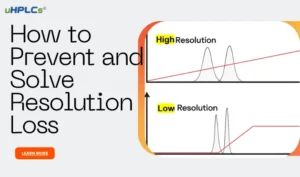
Introduction In High-Performance Liquid Chromatography (HPLC), resolution is a key factor that determines the ability

Introduction Have you ever started an HPLC run only to see the system pressure shoot
High-Performance Liquid Chromatography (HPLC) plays a vital role in the analysis of Per- and Polyfluoroalkyl Substances (PFAS). PFAS are a group of human-made chemicals extensively used in various industries due to their heat, water, and oil resistance properties. However, their persistence and potential toxicity have raised significant environmental and health concerns.
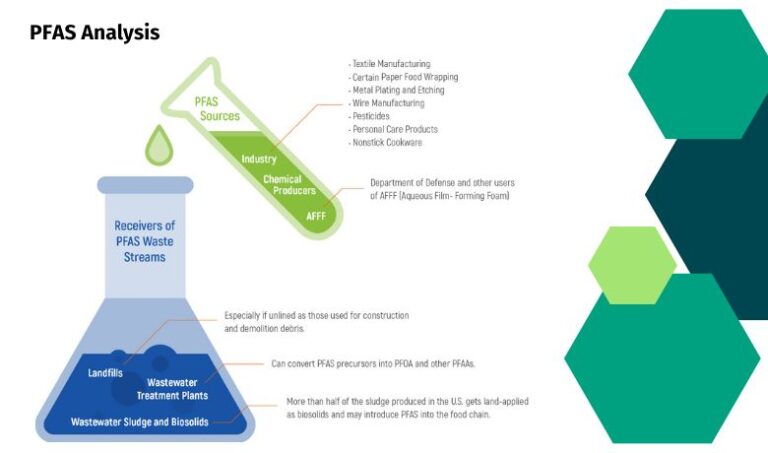
Key applications of HPLC in PFAS analysis include:
Detection and Quantification: HPLC provides precise and accurate detection and quantification of PFAS in different matrices like water, soil, and biota.
Structural Identification: Combined with mass spectrometry (MS), HPLC aids in identifying the specific PFAS compounds present in the sample.
Environmental Monitoring: HPLC is often employed in environmental monitoring studies to track the persistence of PFAS in the environment and understand their distribution and transport.
Health Research: HPLC aids in measuring PFAS concentrations in biological samples, helping to understand exposure routes and potential health impacts.
By delivering highly sensitive, precise, and reproducible results, HPLC continues to be an indispensable tool in PFAS analysis, contributing significantly to our understanding of these persistent pollutants.
Maintaining your HPLC system and changing consumables regularly are essential practices to ensure the longevity and performance of the system, especially while working with complex analytes like Per- and Polyfluoroalkyl Substances (PFAS). Here are some consumables that may need frequent change in PFAS analysis:
HPLC Columns: HPLC columns are integral to the separation process and are subject to wear and tear over time. Their lifespan can be influenced by the complexity of the samples and the type of PFAS being analyzed.
Inline Filters: These are crucial for preventing particulate matter from entering the HPLC system and should be changed regularly to avoid system damage and inconsistent results.
Seals and Fittings: To ensure that the system is leak-proof, the seals, fittings, and connections should be monitored and replaced as needed.
Sample Vials and Caps: Sample vials and their caps can be sources of PFAS contamination, especially if they are made of certain types of plastic. Therefore, using PFAS-free vials and caps and changing them between samples is recommended.
Tubing: Tubing can wear out and may contribute to contamination or leaks. Regular inspection and replacement is crucial.
Lamp: The detector lamp, crucial for signal detection, has a limited lifespan and requires replacement when it nears the end of its operational hours.
Remember, regular maintenance, proper cleaning protocols, and good laboratory practices can significantly extend the lifespan of your HPLC consumables and the system overall. Always follow the manufacturer’s guidelines for maintenance and replacement of these consumables.
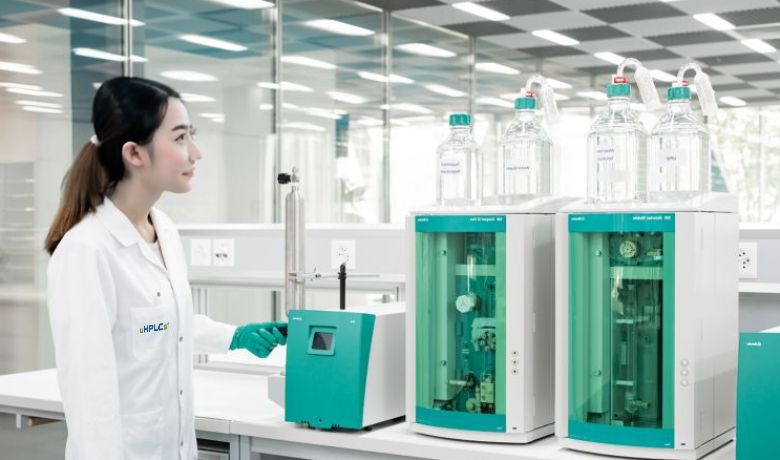
Duis condimentum nunc metus, maximus porta velit temporin. Intincidunt leo viverra, sodales ex eu, posuere purus. Duis in augue vestibulum, aliquet nulla vitae, tempus tellus.
A: High-Performance Liquid Chromatography (HPLC) is an essential tool for PFAS analysis due to its ability to separate, identify, and quantify these substances accurately. The versatility of HPLC allows for different types of columns and mobile phases to be used, making it possible to analyze a wide range of PFAS compounds. Combined with sensitive detectors such as mass spectrometry (MS), HPLC can detect and quantify PFAS even at trace levels, making it a reliable choice for environmental monitoring and health impact studies.
Sample preparation for PFAS analysis typically involves steps like extraction, purification, and concentration. The extraction process may vary based on the sample matrix (water, soil, biota, etc.) and might involve procedures like solid-phase extraction (SPE) or liquid-liquid extraction. Post-extraction, samples are often purified to remove potential interferences and concentrated if required. The prepared sample is then injected into the HPLC system for analysis.
Care should be taken to avoid contamination as PFAS are ubiquitous and can come from various sources, including certain types of labware or even the air. Using PFAS-free vials, tubes, and other consumables is recommended. Regular maintenance of HPLC system and timely replacement of consumables like columns, filters, and seals is also crucial for obtaining reliable results.
Following good laboratory practices, strict quality control (QC) procedures, and regular instrument maintenance can ensure the reliability of your results. Including method blanks, duplicates, and standard reference materials in your analysis can help assess the quality and precision of your data. Proper data analysis and interpretation are also key to ensuring reliable results.
The choice of the HPLC column depends on the specific PFAS compounds you’re analyzing and the sample matrix. Reversed-phase columns, like C18, are commonly used due to their compatibility with a wide range of PFAS. However, for more polar or volatile PFAS, you might require different types of columns. Always consider the physical and chemical properties of the PFAS you’re analyzing when choosing your column.
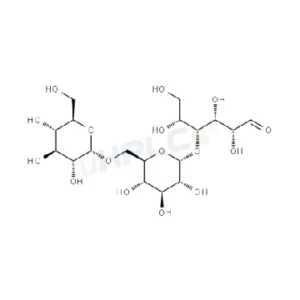
Panose Reference Standard | CAS 33401-87-5 | High-Purity Reference Material Product Code: P-C25037Z Chemical Name: Panose Category: Carbohydrate Standard CAS Number: 33401-87-5 Molecular Formula: /
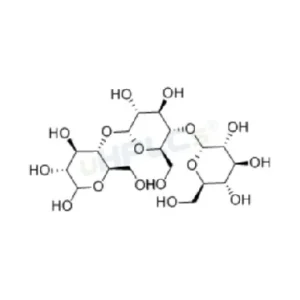
Maltotriose Reference Standard | CAS 1109-28-0 | High-Purity Reference Material Product Code: M-C25036Z Chemical Name: Maltotriose Category: Carbohydrate Standard CAS Number: 1109-28-0 Molecular Formula: /
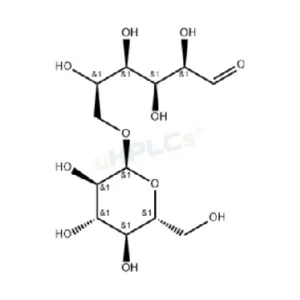
Lactulose Reference Standard | CAS 4618-18-2 | High-Purity Reference Material Product Code: L-C25034X Chemical Name: Lactulose Category: Carbohydrate Standard CAS Number: 4618-18-2 Molecular Formula: C₁₂H₂₂O₁₁
WhatsApp us
Subscribe for exclusive offers and updates on new arrivals